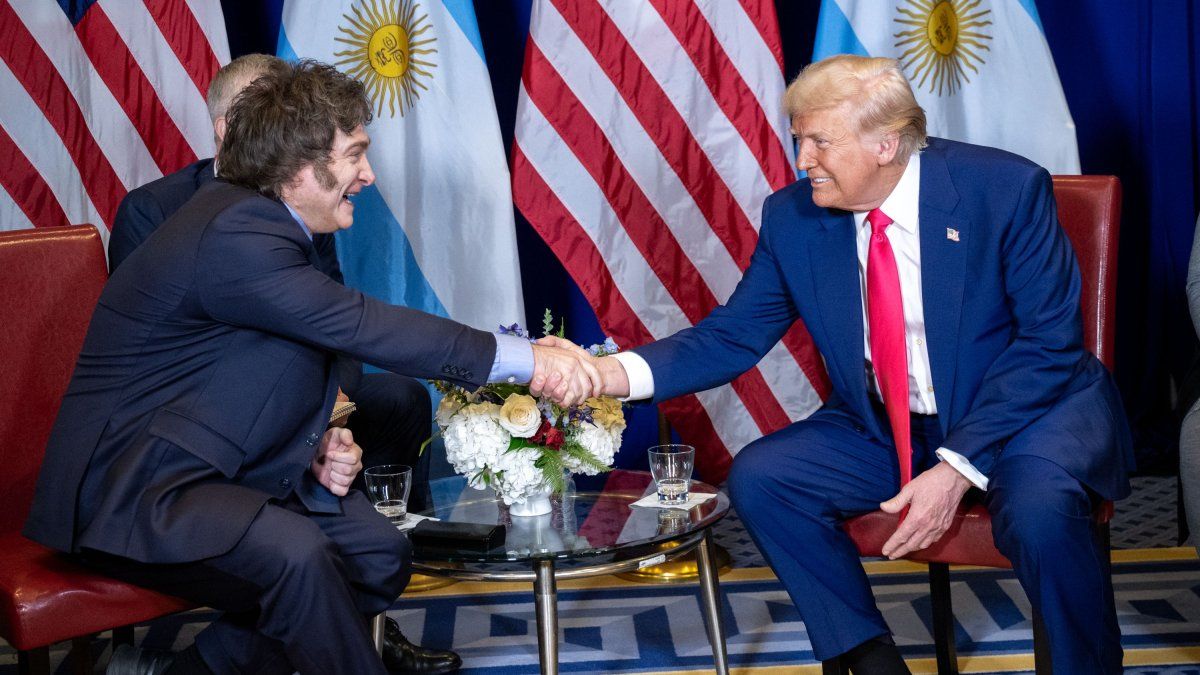He Central Bank (BCRA) decided to double the minimum stay period established for the UVA fixed deadlines, this was established this Thursday, after the board meeting, and, in this way increased it from 90 to 180 days (about six months). The measure is a blow for savers and one more step in the liquefaction of liabilities in pesos carried out by the economic team.
The measure was ordered through the Communication “A” 7929of this Thursday, December 28, in which it established that, “effective for deposits that are collected from the day following the publication of this communication, the minimum term for Deposits with the option of early cancellation in Units is 180 days. of Purchasing Value (“UVA”)”.
Let us remember that last December 18, andThe BCRA board decided to lower the rate of traditional 30-day fixed terms to 110% (Annual Nominal Rate, TNA) from 133% and, in this way, the monthly yield of these savings instruments became 9.04%, when until that moment, it was 11%. Additionally, he pointed out that it was necessary that “the Bank System “continue to offer the public adjustable fixed-term deposits by UVA” and pointed out that this was key to providing predictability to the availability of resources. And, in parallel, it decided to eliminate the minimum pre-payment rate that applied for these instruments.
However, this Thursday, it seems to go back on that measure with the decision to make the UVA fixed term less attractive, by lengthening the minimum accepted permanence period from 90 to 180 days. Thus, for the economist Christian ButelerWhat is done with this game is try to stop people from setting those types of fixed deadlines.
“The minimum permanence periods are lengthened from three to six months, when the average deposits of savers are 30 days and very few go to 90. Fewer are going to go to 180. Thus, everything seems to indicate that what is sought is that people do not put their weight on the UVAwhich grew by 50% in December, which, although it started from a very low base, is a very rapid increase,” the analyst tells Ambit.
UVA fixed term: why the BCRA decided to extend it
Consequently, as stated the economist Jorge Neyro in dialogue with Ambit, it is “a measure that aims to complicate access to the inflation coverage provided by fixed terms adjusted for inflation.” And it indicates that, by extending the term of this type of deposits, which today are the only ones that cover inflation, it discourages these types of bets.
For the economist Fedrico Zirulnik, from the Scalabrini Ortiz Center for Economic Studies, “The BCRA’s decision seems to be in line with the reluctance of banks to offer these instruments to their clients as a hedging mechanism against inflation.”
This responds, in turn, to the fact that the UVA fixed term yields +1 inflation and that makes it much more attractive than the traditional one, given that the annual nominal rate (TNA) went from 133% to 110%equivalent to 9% monthly. Until now, the yield was 11% and the banks They could place the weights in the Leliqwhich covered that interest, but today they no longer have that option.
Consequently, The only effective coverage against inflation that was left to offer the saver is the UVA, but the banks are left out of their shoes when it comes to guaranteeing profitability to the saver with the bonds and bills that the Government today offers as support because they perform below the inflationary expectation. Consequently, they were reluctant to offer it.
Based on this information, it can be interpreted that, with this Thursday’s measure, in some way the BCRA winks at the banks because, by forcing savers to place their pesos for six months in a UVA fixed termdiscourages their demand.
The BCRA plan: deindex savings in pesos
Thus, in the words of F2 Financial Solutions analyst, Andrés Reschini“the objective seems to be to channel the mass of pesos in the financial system towards placements with a negative fixed rate, like those offered by the Government in the first Treasury tender.”
Definitely, What is sought is to deindex these pesos so that they do not have to continue being supported by the BCRA., which is what ends up guaranteeing the returns that banks give with issuance. “This implies channeling these funds into liquefiable debt, stocks in between,” says Reschini. In short, the instrument’s profitability is taken away and that liquefies the pesos in an inflationary context like the current one.
pesos-billetes.jpg
The Government seeks to dry up the peso market.
Depositphotos
As Buteler suggests, the Government seeks to liquefy savings in pesos. He points out that most fixed terms expire in the second half of January and, with this measure of extending the requirement to remain in a UVA so much, “many will not have much choice but to remain in a traditional one” with a rate that is very negative with respect to an inflation that could exceed 20% or accept go towards one adjusted for inflation but without liquidity in the short and medium term.
“For the goverment, It is a way to dry out the peso square, so that they do not go towards the dollar in the context of people’s search to protect themselves against an inflationary escalation. But, on the other hand, it is surprising that the BCRA’s strategy aimed to develop the UVA fixed term,” says economist Federico Glustein. And, in this framework, he warns that, If inflation accelerates, what the extension of terms does is push a larger issue forward because they are tied to that variable..
“That could be an adverse effect, because, since it What they seek is to discourage this type of placements, there, the latent risk is that this could generate a move towards the dollar in the absence of another coverage refugewhich is counterproductive against the quest to control inflation as well,” he points out.
Source: Ambito




